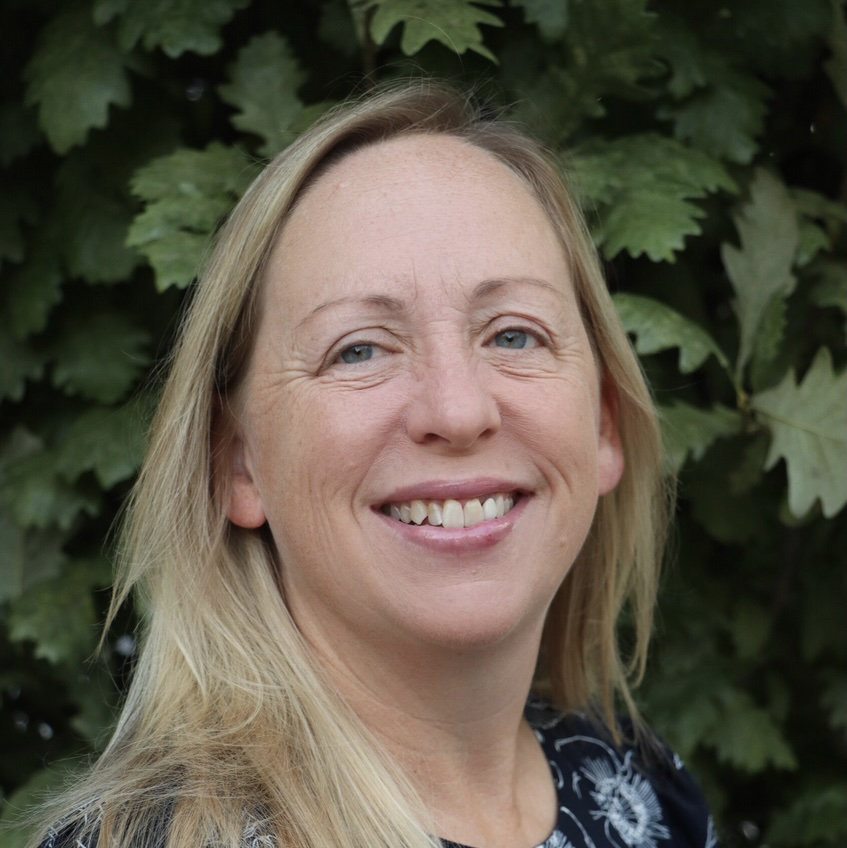“If you look at the complexity of the healthcare ecosystem, you can really paint yourself into some corners if you’re not thoughtful about where you intend to go, and the steps it’s going to take to get there.”
For Dwight Raum, this is never more evident than when taking on a new leadership position, as he did last December. Although the ultimate goal is to “help steer the organization down a path of stability and strategic growth,” he has learned through decades of experience that it has to be approached intentionally and methodically.

Dwight Raum
“There’s a cookbook of things to look at from an organizational readiness perspective: what’s the velocity of change? How good are we at change management? How well-connected are we to operations? How good are we at governance?” said Raum, CDIO at Rochester Regional Health, during a Keynote with Bill Russell, Founder of This Week Health. By answering those questions, his team was able to “evaluate the organization against those building blocks” and develop best practices.
Architecture as a foundation
What they found was that Rochester Regional had strong IT management and governance programs, which enabled them to look toward the future. “That really springboarded us into the conversation about how we are pivoting the organization long-term and how we are achieving financial stability,” he noted. Doing strategic planning exercises was “an incredibly powerful tool” to help identify gaps and devise ways to plug them.
To Raum, having the right architecture in place before setting the vision isn’t just a recommended practice; it’s essential. “Whether it’s cybersecurity, data analytics, or even the EMR, you have to have a really set picture of what you intend to accomplish,” he said. “If you don’t have an understanding of how to orchestrate that from a technology perspective, you’re almost doomed to failure.”
Investing in infrastructure
One of the gaps his team found was a dearth of understanding around cybersecurity risks – something that’s quite common across the industry. “The need to make appropriate investments is not well understood by the layperson,” Raum noted. Although awareness has increased in light of the Change Healthcare and Ascension breaches, it remains challenging for CXOs to convey the importance of investing upfront in cybersecurity.
The same holds true for data management, which hasn’t always been a top priority. “While we’re making strategic changes to the organization in terms of how we provide care to our patients and how we take risks or don’t take risks, we need to make sure we're correlating that with similar changes in the technology to support that,” he said.
The football analogy
However, while these factors are certainly critical, the key to success with any initiative lies in having solid governance, according to Raum, who drew parallels between IT teams and football teams. “Infrastructure, operations, and cybersecurity are all about defense,” he said. “Success there is not having a failure,” while applications teams that deliver business using technology make up the offense.
Special teams comprises players from both offense and defense who team up to “tackle really unique problems,” Raum stated. “They’re the game-changers. They’re going to try to pull trick plays.” This analogy, he added, has helped articulate not just how IT teams are organized, but also how they stand up and resource teams appropriately.
One area that’s difficult to categorize, however, is innovation. “It could be cross-functional teams that are going after a very acute problem, but it could also mean targeting a problem that’s much more ambitious,” whether that entails inventing a new solution or employing technologies in a novel way.
The other key success factor is culture, which is just as important in the hospital as it is on the gridiron. “You’ve got to really ensure that your unit is tight; that you have each other’s backs and you know how to operate together,” Raum said. For that to become a reality, strong relationships need to exist within operational leadership and throughout the organization. “You have to be able to trust your team, but it's also about building relationships with operational leadership. And that means getting out there and beating the bricks. It’s meeting folks where they are – both literally and figuratively – understanding what their challenges are, bridging that into your strategy, sharing a little bit of your vision, and being open to feedback.”
Innovation & guiding lights
Like most, if not all, healthcare leaders, Raum dedicates time to the blocking and tackling and executing on the basics, as well as fostering innovation. For the latter, he is leveraging Rochester Regional’s partnership with the Rochester Institute of Technology to develop a programmatic approach to innovation.
“We have a very meaningful relationship and alliance where we can tap into their faculty and their students to collaborate with us on innovative projects,” he said. The linchpin, Raum believes, isn’t the tools or even the ideas that come into play. “I would say culture and people are the most important part of innovation. You can mix and match a lot of the tools already; you don’t have to invent a lot to produce something that’s new and innovative,” Raum noted. The key is to empower people with the confidence to experiment in a way that’s safe, yet still challenges the way problems are approached.
“I think a large part of activating a large organization through innovation is giving them the permission to do these types of things,” he said. Raum is also a big proponent of identifying successful case studies and celebrating them. “Those become guiding lights for others to say, ‘hey, I can do that too.’”
What’s vital, he added, is remembering that innovation really comes down to “throwing stuff and the wall and seeing what sticks,” and of course, reacting appropriately. “A lot of it is being prepared to accept and understand that failure is just a step toward success. It’s not an endpoint.”


Questions about the Podcast?
Contact us with any questions, requests, or comments about the show. We love hearing your feedback.

© Copyright 2024 Health Lyrics All rights reserved